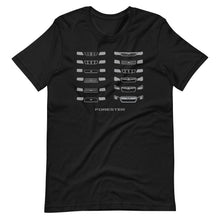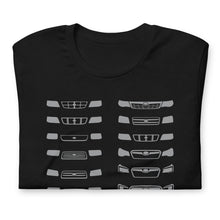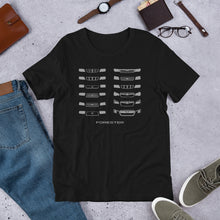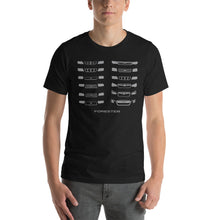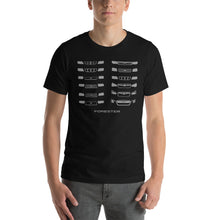
My descent into Forester madness began with a week-long road trip through Oregon. The Foresters were everywhere. It’s fine! They’re not hurting anybody. But when you try to start trying to identify and categorize them by generation, that’s when things unravel. My travel companion and I swore off Wikipedia, and attempted to taxonomize the Forester generation sequence only through deduction and context clues. And it broke my brain in a way that I still haven’t recovered from.
Even if you aren’t a car nerd, you can generally tell when a new Camry is released: it’s the Camry that looks a little newer, and a little shinier. Maybe the lights are more complicated. And soon, you’ll notice this Camry will be everywhere. Without making any effort, you absorb some amount of information about the Camry through osmosis.
With Subaru Foresters, I’m not sure that’s the case.
The ‘new’ Forester rarely looks newer than the previous one. Sure, it’s easy to recognize that any car from 2020 looks different than one from 2007. Trends and cars evolve over time. But put any generation Forester next to its immediate predecessor, and it’s unclear which one came first. And I’m not even getting into the mid-cycle refreshes, which historically have somehow been more visually transformative than the honest-to-goodness generational shifts.
It’s not bad styling (well…), and it’s not even necessarily boring styling! I don’t know what it is. It’s accidentally timeless. It’s “we need to refresh the lineup every 5.25 years,” styling, a styling that’s driven not by focus groups or trends or a spark in the designer’s eye, but by, maybe… a calendar?
Lots of cars go on forever, staying exactly the same as they always have. Lots of cars get many updates, only to end up looking basically the same – take the Porsche 911, for example. But, like it not, people look at the 911. For every tweak the factory makes, there are a million nerds to agonize over it, and then a million more nerds to reply to the posts from the first group. With the Forester, I’m deeply convinced that almost no one has ever looked at one. Like really taken it in as an object.
If you haven’t truly looked at the styling of the Subaru Forester, don’t start now. All of my problems started once I started looking.
This shirt is a must for every Forester fan, which, statistically, must describe someone.
• 100% combed and ring-spun cotton (Heather colors contain polyester)
• Fabric weight: 4.2 oz/yd² (142 g/m²)
• Pre-shrunk fabric
• Side-seamed construction
• Shoulder-to-shoulder taping
• Blank product sourced from Guatemala, Nicaragua, Mexico, Honduras, or the US





